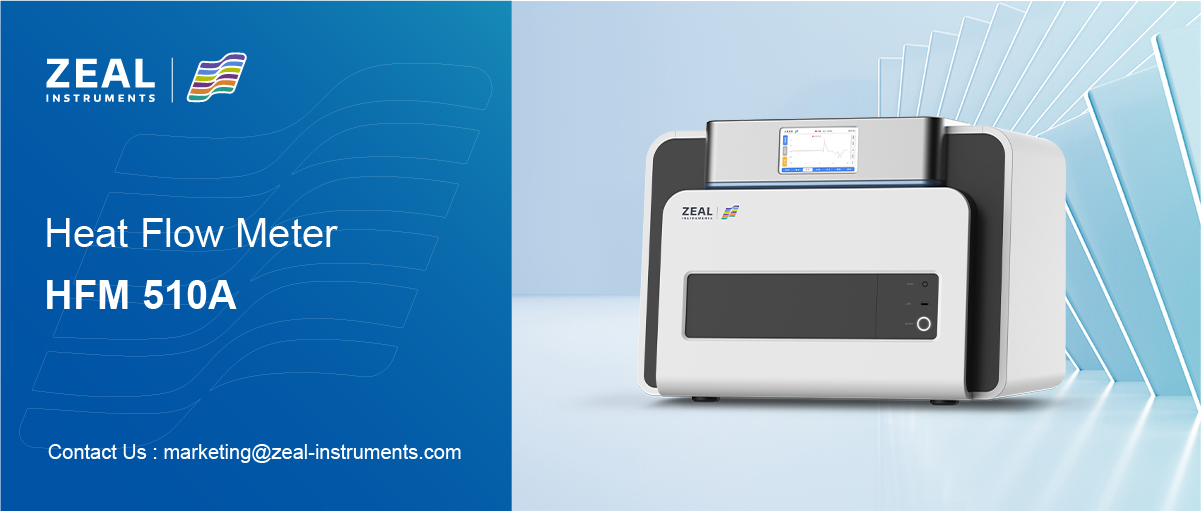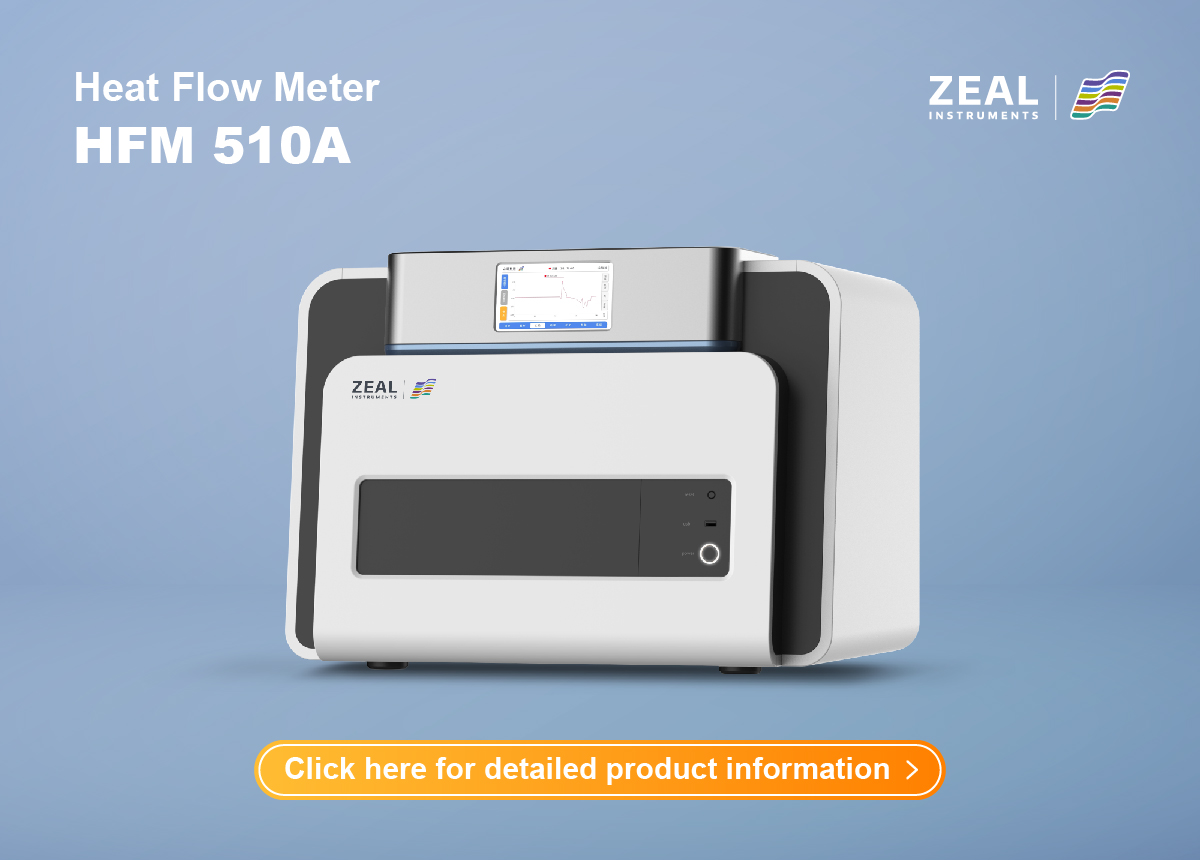Heat Flow Meter Technique: A Comprehensive Guide
If you’re looking for a way to determine the thermal conductivity of a material, the heat flow meter technique might be just what you need. This method involves placing a sample of known thickness between a heated and a cooled plate and measuring the rate of heat flow through the sample using a heat flow meter. By doing so, you can calculate the thermal conductivity of the material in question.
One of the benefits of the heat flow meter technique is that it can be used to measure the thermal conductivity of materials with low thermal conductivity, such as insulation materials. This makes it a useful tool for industries that deal with these types of materials, such as construction and packaging. Additionally, the technique is relatively simple to use and can provide accurate results with minimal effort.
Overall, the heat flow meter technique is a valuable tool for anyone who needs to measure the thermal conductivity of a material. Whether you’re a researcher, engineer, or manufacturer, this method can help you better understand the properties of the materials you’re working with and make more informed decisions about how to use them.
Fundamentals of Heat Flow Measurement
Thermophysical Properties
The Heat Flow Meter Technique is a non-destructive and non-invasive method for measuring the thermal conductivity of materials. Thermal conductivity is a thermophysical property that describes the ability of a material to conduct heat. It is defined as the amount of heat that flows through a unit area of a material per unit time when a temperature difference exists across the material. The SI unit of thermal conductivity is W/mK.
The thermal conductivity of a material depends on various factors such as its chemical composition, density, porosity, and temperature. Materials with high thermal conductivity are good conductors of heat, while those with low thermal conductivity are poor conductors of heat. For example, metals such as copper and aluminum have high thermal conductivity, while insulators such as glass and ceramics have low thermal conductivity.
Heat Flux Principles
The Heat Flow Meter Technique is based on the principle of heat flux. Heat flux is defined as the amount of heat that flows through a unit area per unit time. In the Heat Flow Meter Technique, a sample of known thickness is placed between a hot plate and a cold plate. The hot plate is maintained at a higher temperature than the cold plate, creating a temperature difference across the sample. Heat flows from the hot plate to the cold plate through the sample, and the rate of heat flow is measured using a heat flow meter.
The heat flow meter is a device that measures the heat flux through the sample. It consists of a thin, flat, rectangular plate made of a material with high thermal conductivity, such as copper. The plate is divided into two halves, and each half is connected to a thermocouple. The thermocouples measure the temperature difference across the plate, and the heat flow meter calculates the heat flux using Fourier’s Law of Heat Conduction.
In summary, the Heat Flow Meter Technique is a reliable and accurate method for measuring the thermal conductivity of materials. It is based on the principles of heat flux and thermophysical properties, and it is widely used in various fields such as materials science, engineering, and physics.
Heat Flow Meter Apparatus
The Heat Flow Meter (HFM) apparatus is used to measure the thermal conductivity of materials. It consists of a plate-shaped measuring device that is located between a heated and a cooled plate. The material sample of known thickness is placed between the plates, and the temperature difference is fixed. The rate of heat flow through the sample is determined through the heat flow meter.
Sensor Design
The HFM sensor consists of a thin, flat, rectangular plate with a small hole drilled through the center. The hole is filled with a thermistor, which measures the temperature of the plate. The plate is made of a material with a high thermal conductivity, such as copper or aluminum. The plate is coated with a thin layer of insulation to prevent heat loss through the sides of the plate.
Calibration Procedures
Calibration of the HFM apparatus is critical to ensure accurate measurements. The calibration procedure involves measuring the thermal conductivity of a standard material with a known thermal conductivity, such as a metal plate. The thermal conductivity of the standard material is measured using a reference method, such as the guarded hot plate method. The HFM apparatus is then used to measure the thermal conductivity of the standard material. The measured thermal conductivity is compared to the known thermal conductivity, and any differences are corrected for in subsequent measurements.
In conclusion, the HFM apparatus is a simple, rapid, and accurate method for measuring the thermal conductivity of materials. The sensor design and calibration procedures are critical to ensuring accurate measurements.
Measurement Techniques
When it comes to measuring thermal conductivity, there are two primary techniques: steady-state and transient. Both techniques utilize the Heat Flow Meter (HFM) to measure the rate of heat flow through a material sample.
Steady-State Method
In the steady-state method, a material sample of known thickness is placed between two plates, one heated and one cooled. The temperature difference between the plates is fixed, and the rate of heat flow through the sample is measured using the HFM. This method is relatively simple and quick, making it ideal for routine measurements. However, the accuracy of the results can be affected by uncertainties in the measurement process, especially for materials with low thermal conductivity.
Transient Method
The transient method involves measuring the temperature rise of a material sample after a heat pulse is applied to one of its surfaces. The HFM is used to measure the heat flow during the transient period, and the thermal conductivity is calculated based on the time-dependent temperature response. This method is more accurate than the steady-state method, especially for materials with low thermal conductivity. However, it is more time-consuming and requires more complex instrumentation.
Overall, the choice of measurement technique depends on the specific application and the properties of the material being tested. For routine measurements of materials with moderate to high thermal conductivity, the steady-state method is often sufficient. However, for materials with low thermal conductivity or for more precise measurements, the transient method may be necessary.
Data Analysis and Interpretation
Thermal Conductivity Calculation
After conducting a Heat Flow Meter (HFM) test, the next step is to calculate the thermal conductivity of the material being tested. The thermal conductivity value is obtained by dividing the heat flux by the temperature difference across the sample, multiplied by the sample thickness. This calculation is done automatically by the HFM instrument.
It is important to note that the thermal conductivity value obtained from the HFM test is only valid for the specific conditions under which the test was conducted, such as temperature, humidity, and pressure. Therefore, it is necessary to specify these conditions when reporting the thermal conductivity value.
Error Analysis
Like any measurement technique, the HFM method has some uncertainties associated with it. The accuracy of the thermal conductivity value obtained from the HFM test depends on several factors, such as the quality of the sample preparation, the calibration of the HFM instrument, and the data analysis method used.
To minimize errors, it is important to follow the standard procedures for sample preparation, instrument calibration, and data analysis. The ISO 8301 standard provides guidelines for the measurement of thermal conductivity using the HFM method, including the recommended test duration, the data analysis procedures, and the estimation of uncertainties.
It is also important to note that the HFM method is a comparative method, which means that the accuracy of the thermal conductivity value depends on the accuracy of the reference materials used for calibration. Therefore, it is recommended to use reference materials with known thermal conductivity values and to calibrate the instrument regularly to ensure accurate measurements.
In summary, the HFM method is a reliable and accurate technique for measuring the thermal conductivity of low-conductivity materials. By following the standard procedures for sample preparation, instrument calibration, and data analysis, you can obtain accurate and reliable thermal conductivity values for your materials.








































